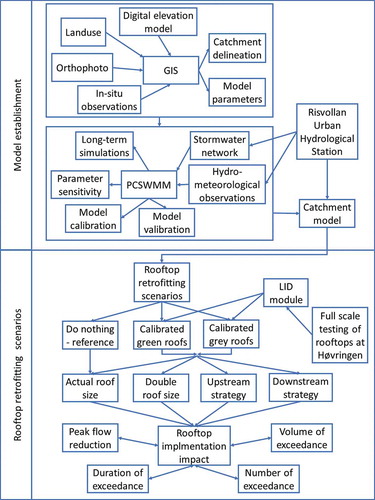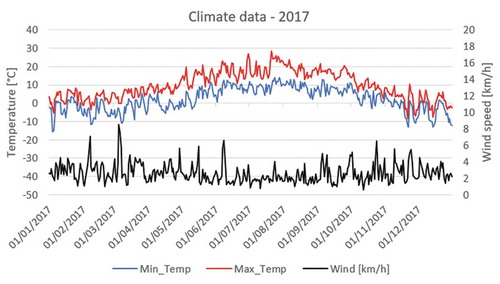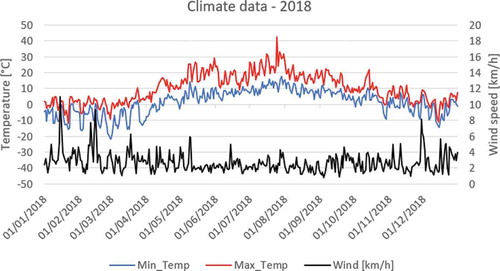Figures & data
Figure 1. Green and grey roof in cross-section used in the implementation strategy within the experimental catchment
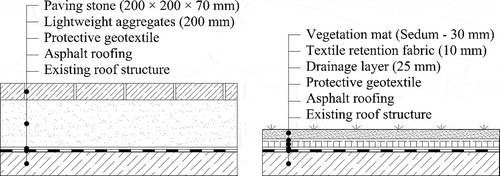
Figure 2. Location map (the city of Trondheim marked by the yellow star), Risvollan catchment with gauging station (marked by the blue star), the stormwater drainage network, and flat roofs (marked yellow) chosen for green and grey roofs implementation. In total, 45 subcatchments form the whole catchment and 25 subcatchments contain flat roofs (pitched roofs were not considered) which are potential for retrofitting
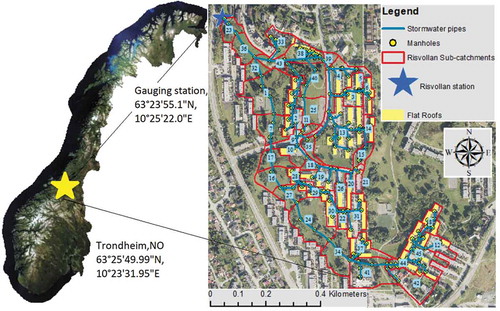
Table 1. The selected monitored and evaluation periods, including date, precipitation depth, precipitation duration, peak precipitation, event duration, runoff depth, and runoff coefficient. The events in bold were considered as warm-period events
Table 2. Tested rooftops scenarios
Table 3. Sensitivity analysis of selected parameters during the calibration for the whole continuous period and the warm continuous period regarding the objective functions. Model performance with respect to objective functions before and after calibration and for validation. This table contains only a limited part of the parameters tested within the sensitivity analysis; the complete table is shown in Appendix
Table 4. The selected evaluation periods, including coefficient of determination, Nash-Sutcliffe model efficiency, mean flow error, and volume error. The events in bold were considered as warm-period events
Table 5. Impact of the green and grey roofs implementation for different exceedance thresholds 100, 50, and 25 L/s with respect to the evaluation criteria. Scenario A, B and C from
Table 6. Impact of the green and grey roofs implementation with doubled roof size for different exceedance thresholds 100, 50 and 25 L/s with respect to the evaluation criteria. Scenario A, D and E from
Figure 4. The largest event in 2017; event nr. C10 with R2 = 0.75; NSME = 0.70; MFE = 14%, and VE = 14% and the largest event in 2018; events nr. V8 with R2 = 0.88; NSME = 0.83; MFE = 29%, and VE = 29%
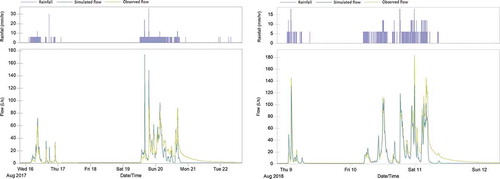
Table 7. Impact of the roof implementation on each of the sub-catchment where flat roofs are present. Abbreviations: Subcatch.nr. – sub-catchment number, Imperv – imperviousness; Highlighting: bold – peak reduction larger and equal 20%, italics + underlined – peak reduction lower and equal 10%
Table A1. Sensitivity analysis of 17 parameters for the whole period andwarm period with individual parameter adjustment by ±10% and ±50%
Table A2. Impact of the green and grey roofs downstream implementation for different exceedance thresholds 100, 50, and 25 L/s with respect to the evaluation criteria. Scenario A, F and G from Table 2
Table A3. Impact of the green and grey roofs upstream implementation for different exceedance thresholds 100, 50, and 25 L/s with respect to the evaluation criteria. Scenario A, H and I from Table 2

